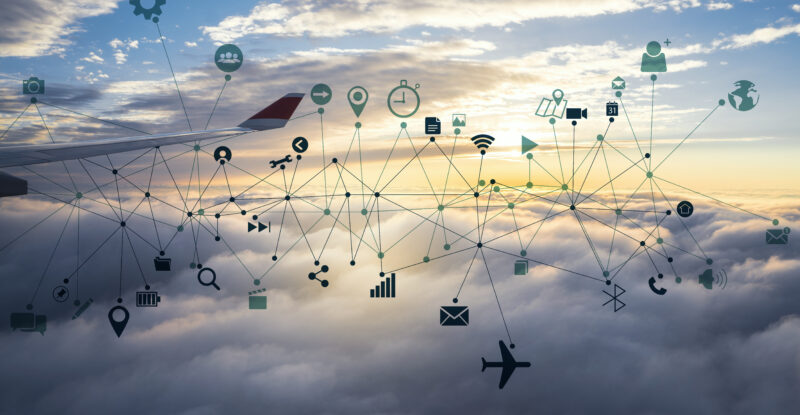Always monitoring consumption patterns on the ground Airbus believes that the practice of shopping for a wide array of products via QR code or other technology in real time on aircraft could take flight, changing how airlines structure their onboard retail programs.
Airports have been experimenting with QR code shopping walls for several months. “Smart shopping is a new luxury,” says Airbus VP cabin innovation & design Ingo Wuggetzer. “The shopping you do at the subway – using your smart phone to scan the QR codes of products you want delivered – stuff like that [could be brought in-flight]. Because today with the [duty free] catalogue, and someone in the trolley with inflight shopping is really very old fashioned.”
GuestLogix executive vice-president global sales Ilia Kostov notes that for the last few years certain airline customers of GuestLogix have been issuing QR codes for onboard discounts and complimentary drinks, something which has proven “very popular” in the US. “This is not futuristic – GuestLogix point-of-sale devices have been working in that model for years.”
However, this technique not been broadly expanded to retail. As airlines equip their aircraft with inflight connectivity, and use the pipe to process credit card transactions in real-time, retail programs could be greatly enhanced. Airlines are already planning to sell tickets to events in real time.
Kostov does not rule out the possibility of extending the use of QR codes to enhanced onboard retail programs, but he points out that systems would need to be in place to prevent abuse. “The more difficult part is reconciliation of the codes with the inventory to make sure that codes are not abused and they are one-use only,” he says.
Meanwhile, in-seat inflight entertainment systems are poised to be turned into store fronts. GuestLogix last year released figures estimating a total revenue opportunity across airlines of $8.6 billion for using embedded IFE to offer self-service onboard retailing. It signed an agreement with Panasonic Avionics to enable credit card payment processing across the X Series IFE suite. And earlier this year it signed a similar deal with Thales covering the TopSeries IFE system
Since inking those agreements, GuestLogix has signed up three airlines and is having “lots of conversations” with other carriers interested in turning their embedded IFE systems into a store front, says Kostov.
“We see self-service as a very attractive channel. It allows airlines to significantly increase their onboard revenues,” says Kostov. He adds that whether through seat-back IFE or streaming to passenger devices, the self-service channel “is no longer just a good idea – it’s now a reality”.
Airbus’ Wuggetzer will speak about understanding passenger choice and experience in February at the Hamburg Aviation Conference.
Featured image credited to istock.com/ozgurdonmaz










